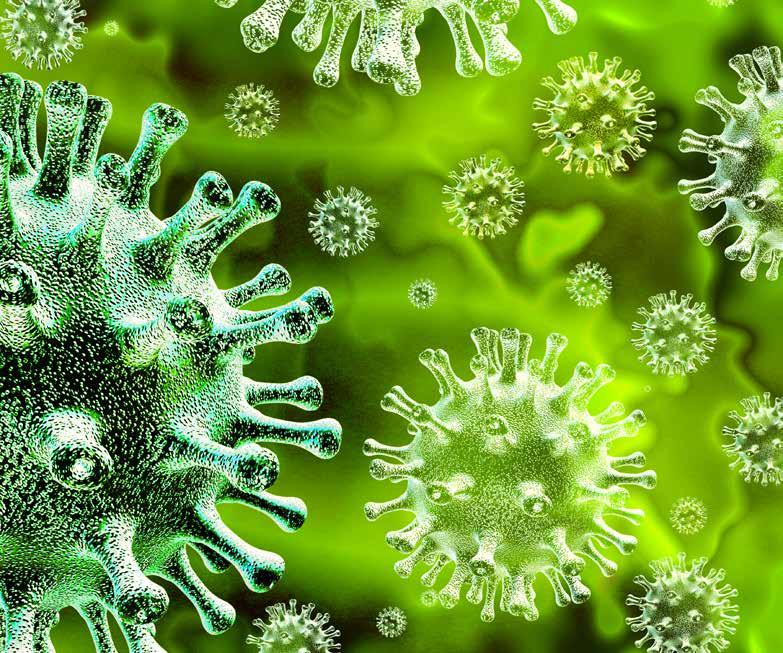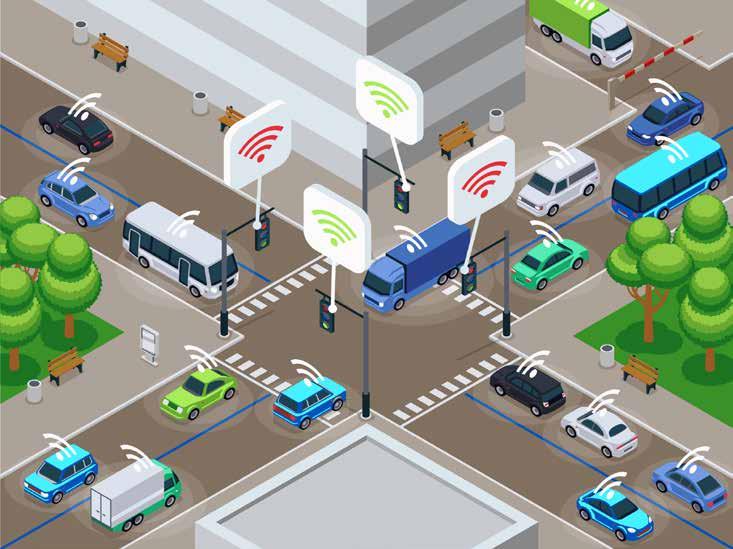COVID-19 response for automotive companies
Potential implications for the Indian automotive ecosystem It is apparent that stakeholders across the automotive ecosystem need to prepare and plan to rebound in a phased manner, while bracing for a long-term impact. While they may respond by taking some actions immediately, they must also consider preparing in advance to launch initiatives just after lockdown ends, and recover by capturing maximum value. In addition to these short-term actions, players also need to respond to permanent disruptions that this pandemic may have brought about (e.g. consumer behaviour, dependence on global networks), and prepare to reinvent their businesses with long-term interventions (Figure 4).
• H elp dealership teams upskill through refresher virtual trainings, online certifications and gamified solutions
We discuss some themes around which players need to act to enable themselves to be ‘battle-ready’ for their quest to revive the industry and their respective businesses (Figure 5). These themes are relevant to the prolonged U-shaped recovery that the auto industry is likely to undergo.
• I ntroduce cost-cutting measures for non-essential activities/suspend discretionary spends to maintain liquidity
Respond Engage with customers and the dealer network: Reduced engagement due to lockdown could affect both customer loyalty and the OEM-dealer connect
• Share relevant do-it-yourself videos on social media to engage with customers Manage the liquidity crunch in the system: Crunch of working capital due to tepid sales is likely to cripple the smooth functioning of the network • Provide financial support to dealers and suppliers (e.g., provide longer credit period, expedite incentives disbursal, fund capex, relieve interest burden for few weeks)
Actively contribute to fighting the pandemic: OEMs will be expected to do whatever within their means to help raise awareness, provide infrastructure • S ide-pocket existing production lines into producing products for healthcare (e.g., sanitizers, personal protective equipment)
Figure 5. Potential actions for auto companies3 Respond Engage with customers and the dealer network
Manage the liquidity crunch in the system Actively contribute to fighting the pandemic
Plan well for the post-COVID-19 situation
Plan for spike in demand of personal mobility solutions
Assess and derisk supply chain dependencies
Re-assess upcoming launches and financing offerings
Prepare for an omnichannel sales experience
Respond Adopt hygiene-centric process and design changes
Prioritize focus on employee safety and care
Capture opportunity to consolidate opportunity
Explore alternate revenue options
Reinvent Plan for shifting mobility preferences of the consumer Adopt digitalization of consumer touchpoints Explore offerings around hyper-local delivery model
Redesign manufacturing architecture and supply chain processes 11




